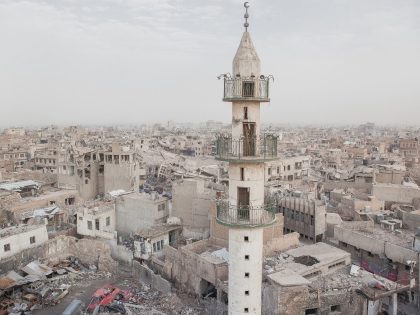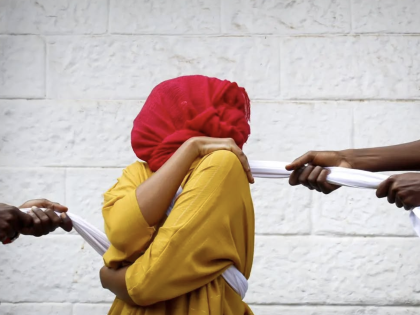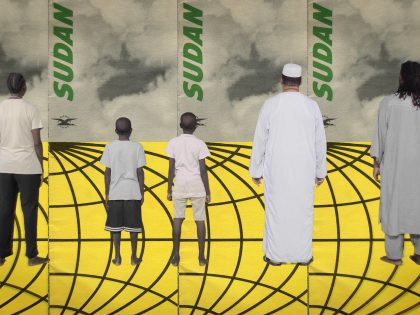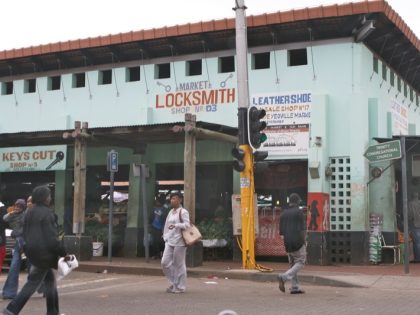Crime in South Africa
Two books tell complex and illuminating stories of how crime and corruption play out at the street level in the country's cities.

Gang Town cover
The cover and title of the journalist Don Pinnock’s book, Gang Town, seem to promise a sensational tour of meth dens and children caught in the crossfire. Instead, the book patiently explains something far more grim: what happens when the legacy of South Africa’s 1950 Group Areas Act, and decades of impoverishing and alienating policies, meet an unprecedented increase in youth population.
Pinnock, who is also a criminologist, draws on 30 years of research and journalism to conduct a survey of the many roots causes and contributing factors that come together in Cape Town’s gang phenomenon. He traces the history of the city’s gangs, from their origins as vigilante groups in District Six – a mixed, mostly coloured, neighborhood that was razed to the ground when its desirable inner city land was proclaimed to be for whites only – to their evolution into more violent and more organized entities in the far-flung, anonymous Cape Flats suburbs that the city’s black and coloured populations were relocated to.
The array of issues this tackles along the way – including 80 years of history, reflections on rites of passage and masculinity, and academic studies dealing with the link between early childhood development and aggression, to the structures and tactics of transnational organized crime – seem daunting. But what Pinnock does especially well is tell this story without losing the reader, or the complexity.
Gang Town’s focus on Cape Town’s longue durée corruption of the social fabric of working class communities is a sobering complement to high-pitched debates about the criminal acts of those in power. The book sketches a city that has repeatedly deformed and destroyed social institutions that would otherwise channel the natural rebellions of young people away from gangs, drug abuse and violence. In a particularly insightful passage Pinnocks describes how forced removals under the Group Areas Act ripped up “networks of streets, houses, corner shops and shebeens, but also social webs of kin, friendship, neighborhood and work. They were a mix of rights and obligations, intimacies and distances, providing a sense of solidarity, local loyalties and traditions.” Gang Town gets down to the nuts and bolts of how such policies turned neighborhoods toxic and families violent.
Pinnock is not gloomy. The final chapters suggest solutions and provide resources for parents, teachers and community workers.
The Street: Exposing a World of Cops, Bribes and Drug Dealers is written by Paul McNally, a radio journalist and the Director of the Citizen’s Justice Network, a community radio project. The Street is an investigation of the drug trade on one street on the west side of Johannesburg, the three degenerating police stations in its vicinity, and the symbiosis between them. We follow this story through several characters on Ontdekkers Road, each waging a different battle against police corruption. Raymond, a sound-system dealer documents the bribes he sees policemen take from dealers outside his store and implores police management to act against them. Khaba, a painfully honest lieutenant colonial at the local police station, tries to reform the police force from within and is despised by his colleagues for it. And Wendy, a police reservist, attempts to gather evidence on her own colleague’s crimes. A complex but fascinating narrative emerges from minute observation of characters in their environments, interwoven with interviews and anecdotes from local gangsters, Community Policy Forum volunteers, and expert opinion.
Over the course of two years, we watch these people be frustrated and painfully disappointed, with sporadic, tenuous, moments of success. But The Street is not, ultimately, a story of vindication. This is a story of South Africans in humble settings who try to change the systems around them, mostly fail, and are forced, instead, to recalibrate their own morality in order to stay sane and safe and solvent in a world in which graft and impunity have become more powerful organizing logics than rule of law.
For McNally, meaning is found in his character’s capacity for adaptation and survival. But the question of what these adaptations cost society remains an uncomfortable one. Considering what it means that Raymond has found a way to be at ease with the drug trade around his business, McNally comments: “The atmosphere on this patch is calmer too, although I can’t decide if this leaves a deadness on Ontdekkers or whether I am hearing a machine, finally functioning, giving a satisfied hum.” Following Raymond’s journey from crusader to capitulator, one can’t help but consider the multiplier effect of such transformations, on thousands of unobserved street corners.
In a year dominated, more than usual, with tales of big men and their corrupt politics, these books tell complex and illuminating stories of how crime and corruption play out at the street level. Neither of these books is fatalistic, but each offers insights and conclusions that often make the reader wince. Both are suggested reading for understanding the challenges that remain, no matter who gets hired or fired.



















